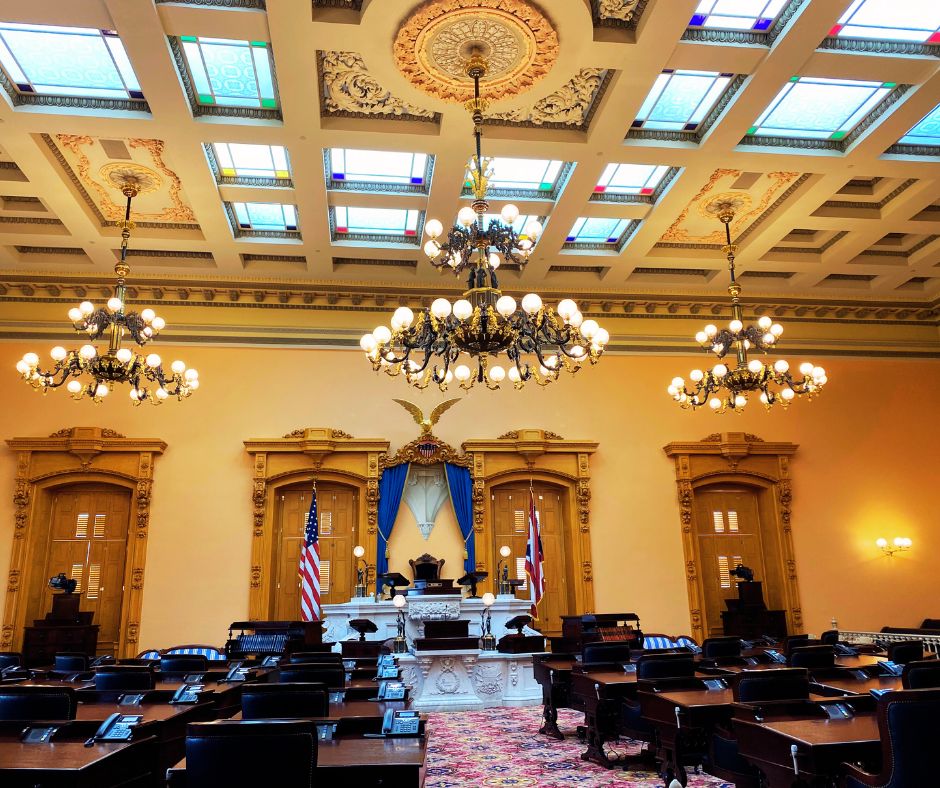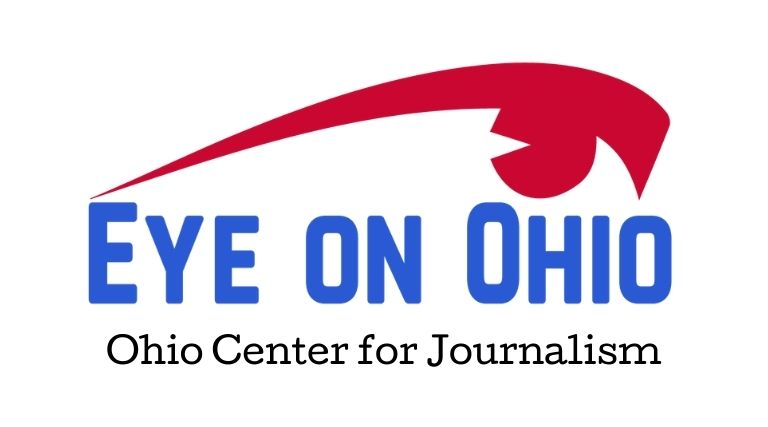This article is provided by Eye on Ohio, the nonprofit, nonpartisan Ohio Center for Journalism, in partnership with the nonprofit Energy News Network. Please join the free mailing lists for Eye on Ohio or the Energy News Network, as this helps provide more public service reporting. Regulators have yet to rule on the reasonableness and…
-

-

What can Ohio regulators do to prevent future utility corruption scandals?
More transparency, greater accountability and use of enforcement authority could help prevent corruption and protect ratepayers, advocates say. This article is provided by Eye on Ohio, the nonprofit, nonpartisan Ohio Center for Journalism, in partnership with the nonprofit Energy News Network. Please join the free mailing lists for Eye on Ohio or the Energy News…
-

Eye on Ohio joins international consortium recognizing news organizations who pass rigorous standards based on news audience research
Washington Post, Economist, dozens of local news sites among those in the Trust Project Eye on Ohio has always taken seriously the trust that our readers, viewers, and listeners place in us. For that reason, we have always made our financial information publicly available, been certified by nonprofit tracker Candid (formerly Guidestar), and posted our…
